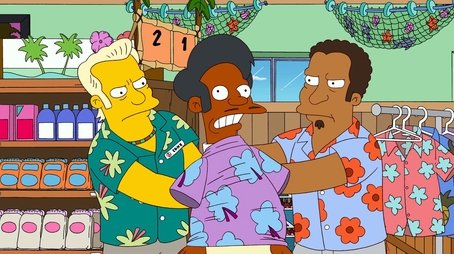
Sorry, we have not watched this yet.

When Bart decides to get back at Homer by becoming a graffiti artist, established street artists offer him a gallery show; a new health food store threatens to put Apu out of business.
Sorry, we have not watched this yet.